Developing a Business Model for Sustainable Vacant Property Investments

In recent years, the conversation around sustainability has transcended various sectors, and real estate is no exception. As the world grapples with the pressing challenges of climate change and environmental degradation, the need for sustainable practices within property investments has never been more crucial.
Integrating sustainability addresses these global issues and unlocks many benefits for investors, communities, and the environment alike. In this blog, we will explore the compelling reasons to pivot towards sustainable property investments and their transformative effects on vacant properties, paving the way for a greener and more responsible future.
Understanding the Importance of Sustainability in Real Estate
Exploring how sustainability in real estate can enhance value, reduce costs, and contribute to environmental stewardship is increasingly relevant in today’s market.
Sustainable real estate development
Sustainable real estate practices focus on building construction and operation and prioritize the well-being of the surrounding environment and communities. By integrating green building benefits, stakeholders can achieve a balance that addresses economic, social, and environmental goals.
Benefits of eco friendly properties
From an economic perspective, sustainability in real estate offers significant advantages. For instance, energy efficiency measures can dramatically reduce property owners’ operating costs. Buildings designed with sustainable practices often command higher property values and rental rates, as these features are increasingly attractive to potential tenants and buyers. This can attract environmentally conscious tenants.
Sustainable buildings support community development by promoting green spaces and encouraging engagement. They enhance residents’ quality of life and foster a sense of belonging. They aim to create inclusive environments that strengthen neighborhood interactions and social cohesion.
On the environmental front, sustainable real estate practices play a crucial role in reducing greenhouse gas emissions and conserving natural resources. By minimizing energy consumption and implementing water conservation strategies, these initiatives help mitigate the impact of climate change. The real estate sector can enhance environmental stewardship through thoughtful design and responsible management, fostering healthier ecosystems and a sustainable future.
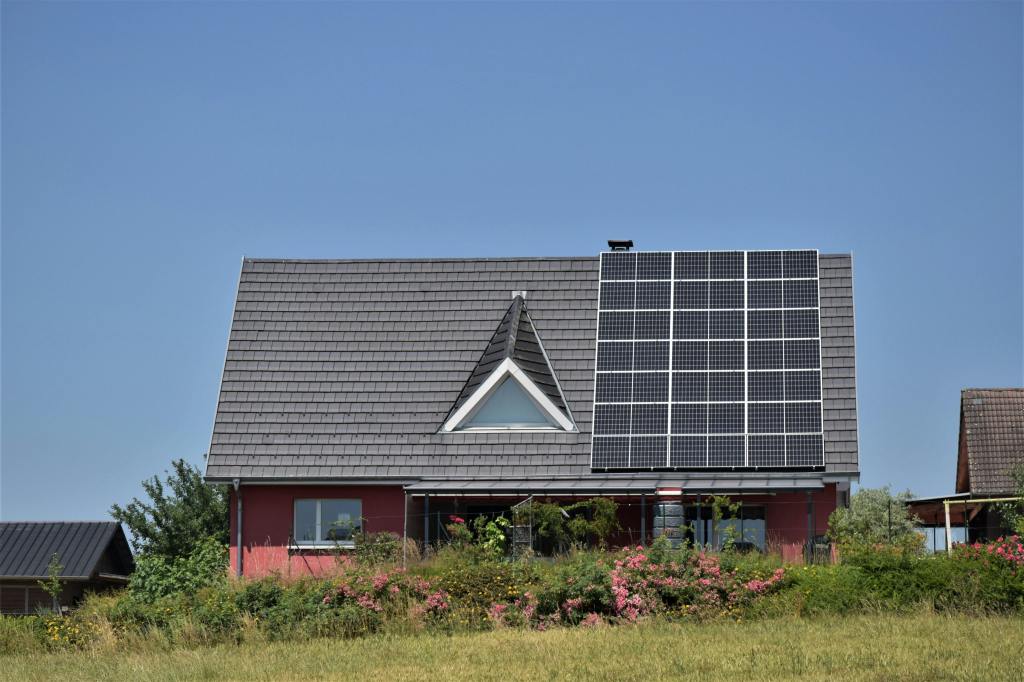
Assessing the Potential of Vacant Properties
Identifying the criteria and tools for evaluating vacant properties for sustainable redevelopment is crucial for any property investor.
An effective evaluation process considers a property’s potential and broader impacts, including vacant property assessment, sustainable redevelopment practices, and property investment analysis.
Real estate investment
One of the primary considerations in evaluating vacant properties is the repair costs involved. Repairs and renovations can be significant expenses, so obtaining a detailed quote or estimate is essential before committing to a property. Understanding these costs will enable investors to set a realistic budget and evaluate whether the property aligns with their financial goals and capabilities.
Another vital factor is the After-Repair Value (ARV). The ARV plays a crucial role in determining the project’s viability, as it provides an estimate of the potential selling price once renovations are complete. Accurately assessing the ARV helps avoid overspending on the property and its renovations, ultimately guiding investors to make sound financial decisions.
Market trends and property values
The condition of the market also significantly influences property evaluations. Analyzing the neighborhood’s market value and the overall real estate market is imperative, as selling time, demand, and supply directly affect profitability. Additionally, the property’s current condition can impact its market performance; understanding how quickly it can be sold and the extent of necessary repairs is vital for a successful investment strategy.
Finally, accounting for the costs of holding vacant property is essential. Holding costs—such as property taxes, utilities, and insurance—can quickly accumulate when a property remains unoccupied. These ongoing expenses must be factored into the overall investment analysis to ensure that investors are prepared for the financial costs of owning a vacant property and can effectively plan their redevelopment strategies.

Developing a Green Investment Strategy
Creating an investment strategy incorporating sustainable practices is vital in today’s market. A green investment approach aligns with ethical considerations and meets the growing demand for environmentally responsible options from investors and tenants.
Sustainability data
It is crucial to leverage data analysis to develop a sustainable business model for vacant property investments. Using technology to guide your decisions can make a significant difference in identifying where to direct your investments and resources.
Begin with a thorough data analysis that includes key factors such as the age and location of the property, the type of structure, and the existing systems in place, mainly focusing on any energy efficiency measures already implemented. Additionally, understanding the current technology in the property can inform better decisions moving forward.
Interest in green buildings
Equally important is assessing the goals of potential buyers or tenants. Determining whether sustainability is a dealbreaker for them can help tailor your investment strategies effectively. By understanding these preferences, you can better position the property in the marketplace, which may lead to quicker sales or leases.
Energy efficient buildings
Lastly, consider how current vacant and abandoned properties can incorporate energy-efficient systems to meet energy efficiency standards and reduce carbon emissions. Identifying these upgrades enhances the property’s market value and positively impacts the environment.
Moreover, finding green capital can provide additional opportunities; many public and private funds are specifically designed for sustainable properties, offering a financial boost to your investment strategy.
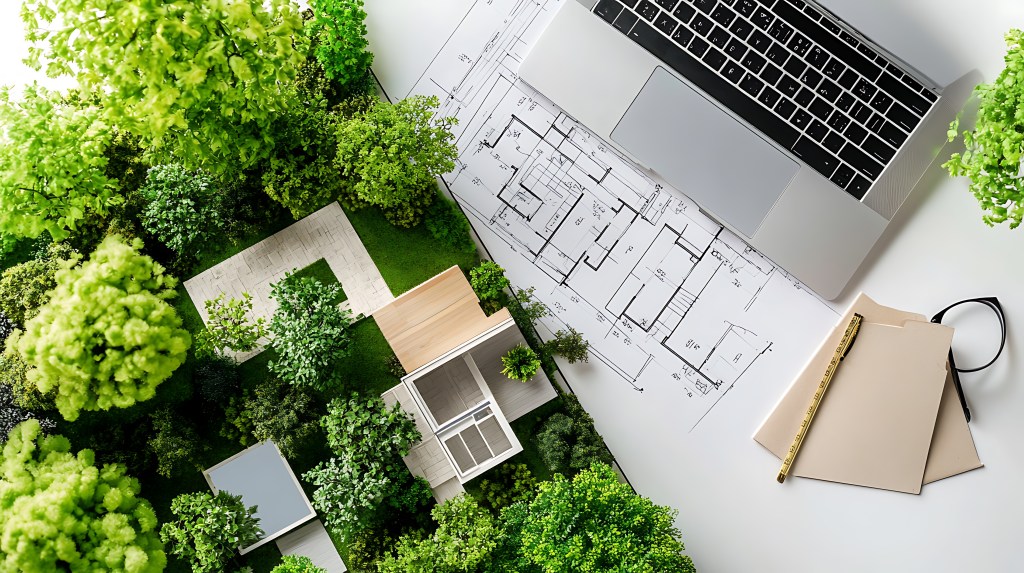
Implementing Sustainable Property Management Practices
Managing properties in an eco-friendly manner involves sustainable practices that benefit both the environment and property owners. To enhance efficiency, strategies include sustainable management, green maintenance, and eco-friendly practices.
Sustainability strategy
In terms of water conservation, several practical steps can be taken. Rainwater harvesting systems help reduce reliance on municipal water supplies and lessen the strain on local water resources.
Additionally, planting drought-resistant plants minimizes the need for extensive irrigation, conserving energy and water while reducing maintenance and lower operating costs. Building owners should consider low-flow fixtures, such as showerheads, faucets, and toilets, which can significantly lower water usage, reduce water bills, and improve conservation efforts.
Energy efficient systems
Energy efficiency is another vital aspect of sustainable property management. Utilizing LED lighting is an effective way to decrease energy consumption, as these bulbs use considerably less energy than traditional incandescent options.
Smart thermostats empower tenants to manage heating and cooling systems more effectively, ultimately reducing energy costs. Furthermore, investing in energy-efficient appliances, such as those bearing the Energy Star label, is essential, as they consume less electricity and reduce the carbon footprint.
Waste management
Waste management also plays a crucial role in fostering an eco-friendly property. Transitioning to digital communication methods, like emails and online bulletins, significantly reduces paper usage. Utilizing digital signatures and online portals can further minimize the need for physical paperwork.
Additionally, establishing recycling policies and encouraging tenants to participate in recycling programs can lead to a more sustainable community. Implementing composting initiatives can further diminish waste and promote environmental responsibility.
Environmental sustainability
The use of sustainable materials in property management is essential for overall efficiency. Proper insulation and weatherproofing help maintain indoor temperatures, reducing reliance on heating and cooling systems.
Seeking green building certifications, such as those offered by Leadership in Energy and Environmental Design (LEED), can enhance a property’s sustainability credentials. Furthermore, eco-friendly materials—such as recycled steel, low volatile organic compound (VOC) paints, and bamboo flooring—can contribute significantly to a property’s sustainable profile.
Renewable energy sources
Lastly, investing in renewable energy solutions is a key component of eco-friendly property management. Installing solar panels can significantly reduce the reliance on nonrenewable energy resources, promoting a more sustainable energy model. Additionally, providing electric vehicle charging stations can cater to eco conscious tenants who own electric cars, further enhancing the property’s appeal and commitment to sustainability.
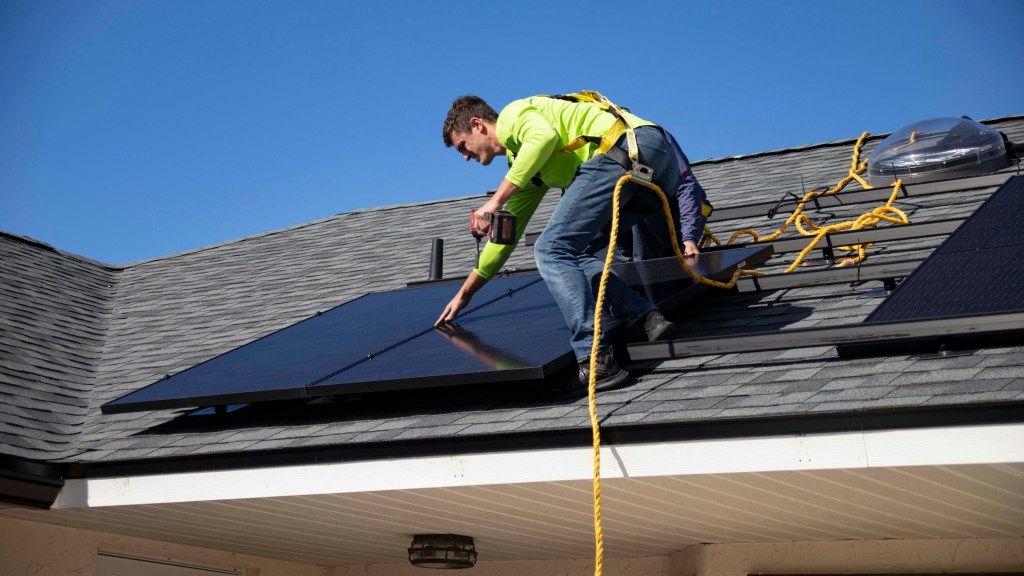
Case Studies: Successful Sustainable Property Investments
Successful examples of sustainable vacant property investments demonstrate how eco-friendly initiatives can revitalize neglected spaces into valuable community assets. Case studies highlight the dual benefits of green investment strategies, showcasing environmental gains alongside financial returns. These stories inspire future projects that prioritize sustainability and community well-being.
Greening vacant lots
One notable example comes from Cleveland, Ohio, where the city has implemented the Re-Imagining Cleveland initiative. This vacant land grant project focuses on repurposing underutilized land into vibrant green spaces and community assets.
By embracing sustainable practices, Cleveland’s approach enhances the urban landscape and fosters community engagement through the establishment of community gardens. These gardens provide not only environmental benefits, such as improved air quality and biodiversity but also offer financial advantages for residents by promoting healthier lifestyles and potentially creating small-scale agricultural opportunities.
Sustainable investing
In green real estate investments, platforms like PFO2 are making strides to reduce water and energy consumption in property development. By adopting innovative technologies and sustainable practices, these investments aim to minimize the ecological footprint of real estate projects.
Additionally, crowdfunding platforms like Wiseed democratize green investment opportunities, enabling individuals to participate in sustainable development.

Measuring and Reporting on Sustainability Impact
Evaluating sustainable property investments’ environmental and social impacts is crucial for understanding their effectiveness. Techniques like environmental impact reporting and social impact assessments offer insights into the benefits and challenges of sustainable development in the property sector.
Cost savings
Green buildings stand out as a critical evaluation area when focusing on sustainable property investments. Key factors include energy consumption and water conservation, which significantly determine a property’s sustainability. Moreover, cost savings for tenants and building owners can be substantial, as efficient buildings often lead to lower utility expenses and increased profitability over time.
Social impact
Social impact assessments are also vital in evaluating the success of sustainable investments. These assessments often highlight improvements in residents’ quality of life, driven by the introduction of equitable practices and community redevelopment initiatives. Such projects foster inclusive environments, ensuring that all community members benefit from advancements in sustainability.
Environmental sustainability
Environmental impacts are another crucial aspect of sustainable property investments. Factors like biodiversity, the creation of green spaces, and conservation efforts contribute to maintaining ecological balance. By prioritizing these elements, property investments can lead to healthier environments and enhanced community well-being.
Economic and financial performance
Lastly, the economic implications of sustainable property investments are significant. Increased property values often result from sustainable practices as demand rises for eco-friendly developments. Furthermore, investment in the community through sustainable initiatives can bolster local economies, creating a win-win situation for property developers and residents.
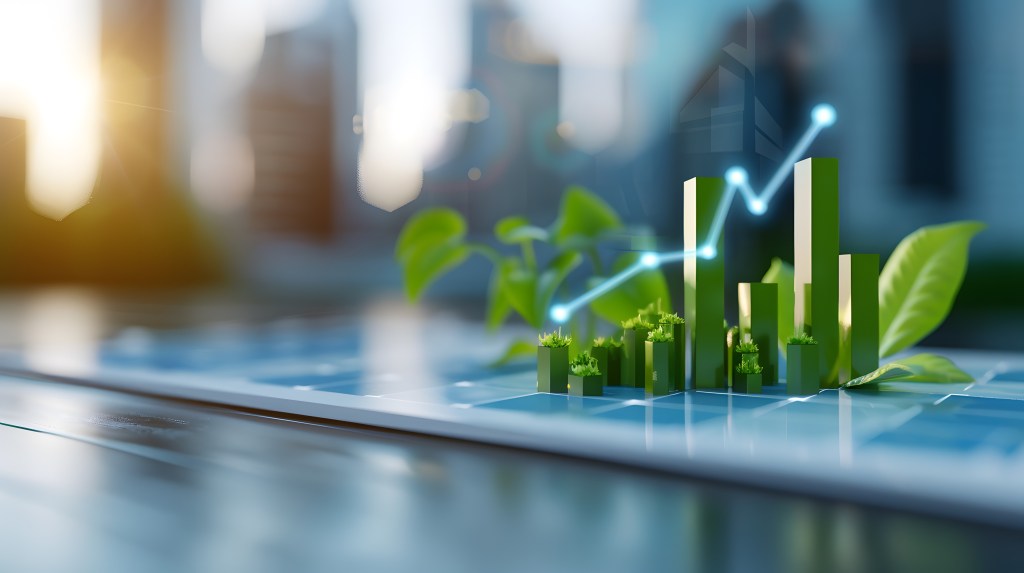
Challenges and Opportunities in Sustainable Property Investment
Sustainable property investments present both significant challenges and promising growth opportunities.
Construction and building systems
One of the obstacles in this field is the challenge of construction. Developers often need to minimize resource consumption while prioritizing design aesthetics and tenant comfort. Balancing these factors is crucial, as they directly impact the sustainability and attractiveness of the property, which can ultimately influence its market success.
Green building standards
Another critical hurdle lies in the certification process. While various certification standards exist to validate eco-friendly practices, obtaining and maintaining compliance can be complex. These standards are not universally applicable; each has costs, requirements, and market relevance. This inconsistency creates barriers for property developers who aim to secure green certifications, essential for attracting environmentally conscious investors and tenants.
Financial markets
Financing is another area where sustainable property investments face challenges. While it is true that sustainable buildings can lead to higher rents, sales prices, and higher property values, as well as lower operating costs, securing the necessary capital during the development phase can be quite tricky. Investors and lenders may still harbor skepticism about the long-term profitability of green investments, resulting in additional barriers to funding.
Real estate development
Lastly, even though overall real estate market demand for sustainable properties is rising, meeting the evolving expectations of potential buyers and tenants remains challenging. Developers must navigate a landscape where consumer preferences are constantly shifting, and ensuring that properties align with these expectations is essential for maximizing appeal and occupancy rates.

Future Trends in Sustainable Vacant Property Investments
The future of sustainable investments in vacant properties is poised for significant evolution, driven by various emerging trends and predictions. As the focus on sustainability intensifies, we can anticipate a shift towards more innovative property development and investment approaches.
Environmentally friendly design
Emerging green property trends, such as energy-efficient designs and eco-friendly materials, will likely gain traction, shaping how vacant properties are utilized and developed. Investors increasingly recognize the importance of aligning their portfolios with sustainability goals, which could surge demand for properties that prioritize environmental responsibility.
Regulatory environment
However, one challenge is the potential for environmental regulations to catch up with these trends, potentially complicating and delaying project completions. As governments and regulatory bodies become more vigilant about enforcing environmental standards, developers may face hurdles that could impede progress.
Renewable energy
Another crucial aspect of sustainable investment is decreasing carbon emissions and reducing overall carbon footprints. The importance of sustainability in property investment will increasingly hinge on the ability to demonstrate measurable reductions in environmental impact.
Climate related risks
In addition to these factors, the prevalence of climate risk is becoming more pronounced and costly, influencing investment decisions and strategies. As climate-related events grow more frequent and severe, the financial implications for properties that are poorly equipped to handle such challenges will become increasingly apparent.
Real estate investors will need to conduct thorough risk assessments and consider climate resilience as a fundamental factor in their decision-making processes, leading to a more strategic approach to investing in vacant properties.
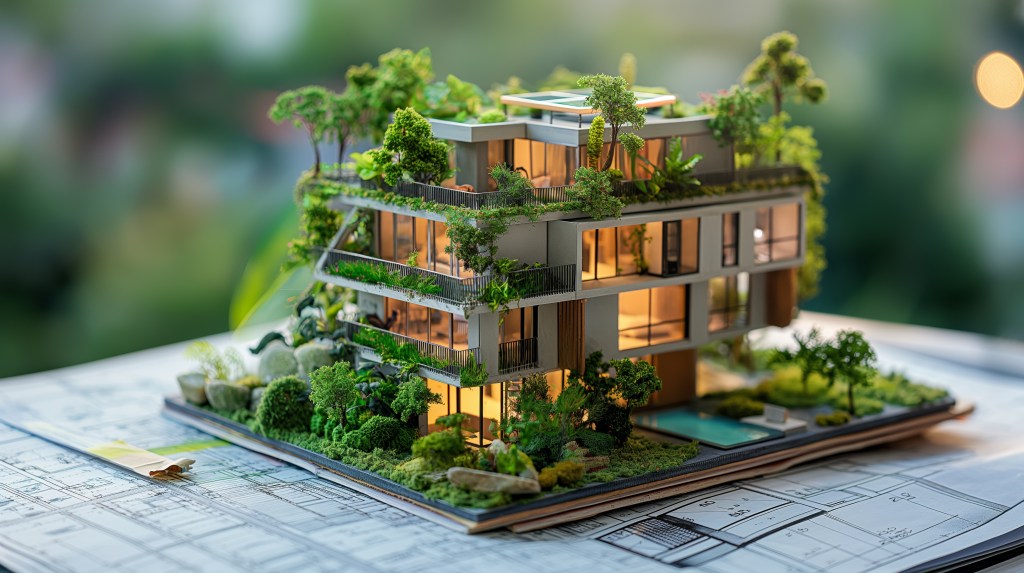
Conclusion: The Path Forward for Sustainable Property Development
As the real estate market continues to evolve, investors and developers committed to sustainability are increasingly focusing on eco-friendly property development. The future lies in sustainable property initiatives that prioritize recyclable materials and environmentally conscious construction practices.
With green buildings, particularly those incorporating biophilic designs, becoming standard, urban development will increasingly adopt sustainable methods that align with these goals. In this shifting landscape, sustainable buildings are expected to gain a competitive advantage, attracting more buyers and tenants who prioritize eco-friendly living environments.
To stay ahead, stakeholders should outline clear next steps that embrace these practices and contribute to a greener future in property development.
Sources
https://fastercapital.com/content/Real-estate-impact-investing–Building-a-Sustainable-Business-Model-in-Real-Estate-Impact-Investing.html
https://fore.institute/blog-page/b/the-importance-of-sustainability-in-real-estate
https://www.dawgsinc.com/unlock-hidden-profits-the-art-of-investing-in-vacant-properties/#:~:text=Key%20factors%20to%20consider%20when,avoid%20overpaying%20for%20a%20property.
https://www.pwc.com/us/en/industries/financial-services/library/sustainable-real-estate-initiatives.html
https://www.austinvestorspropertymanagement.com/post/sustainable-property-management-practices
https://blog.mipimworld.com/guide-green-real-estate/green-real-estate-environmental-impact-assessment-investment-strategies/
https://blog.mipimworld.com/guide-green-real-estate/green-real-estate-measuring-sustainability-real-estate-investment/
https://www.linkedin.com/advice/1/what-main-challenges-opportunities-green-1c#:~:text=Green%20and%20sustainable%20real%20estate%20development%20can%20be%20challenging%20due,differentiation%2C%20and%20environmental%20impact%20reduction.
https://www.weforum.org/agenda/2024/01/sustainable-office-buildings/
https://disruptual.com/what-is-the-future-of-green-and-sustainable-real-estate.html
https://nextcity.org/features/why-the-greening-of-vacant-land-is-a-smart-long-term-investment-in-cities

